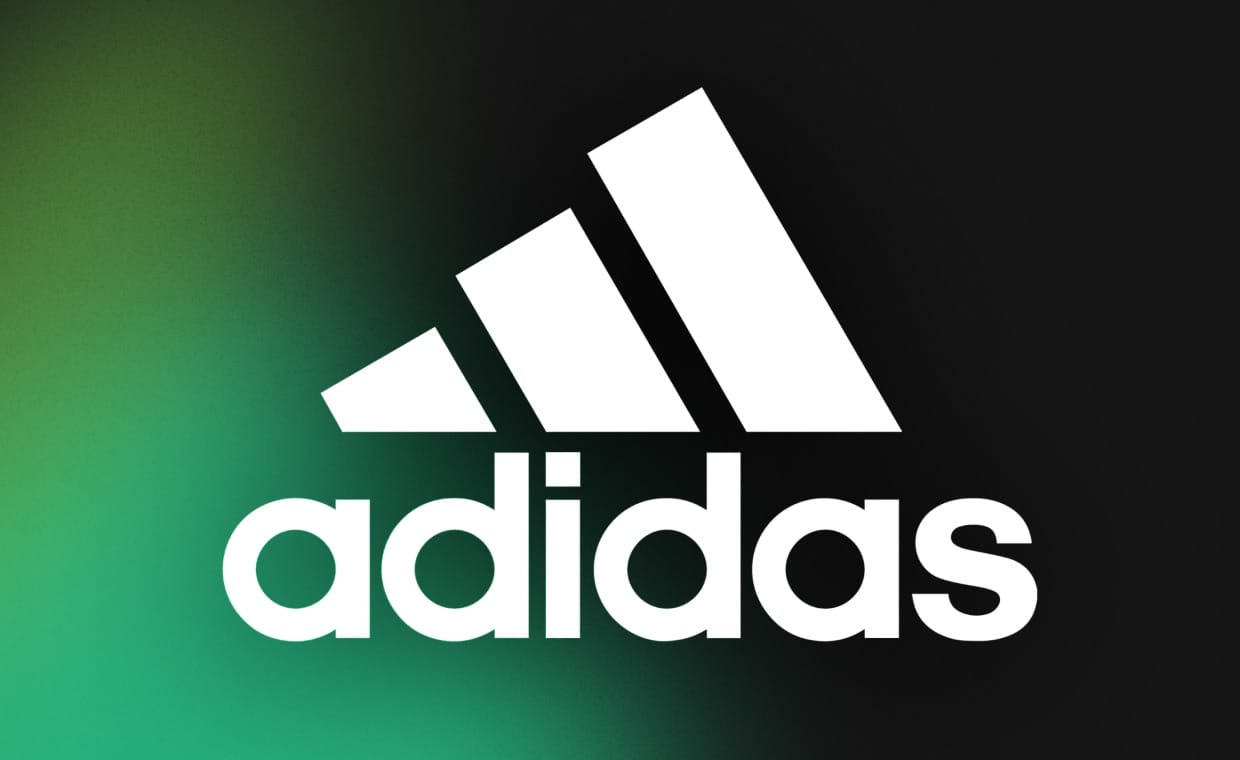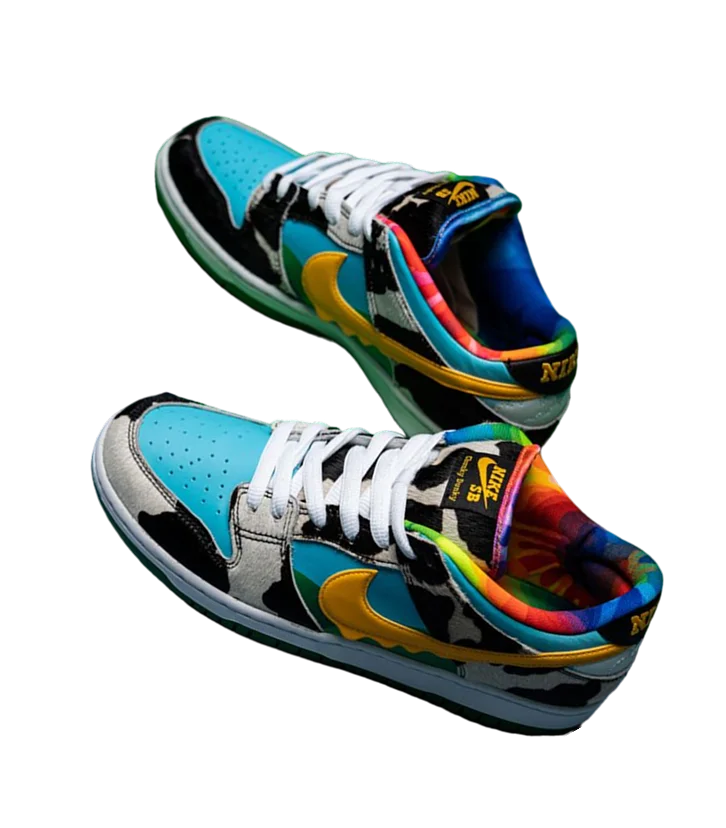Forgotten Footwear of Nike
Published
Whether it’s their performance basketball sneakers or their sleek and comfortable running shoes, Nike has a reputation for being a global leader in sports footwear and apparel. However, the brand's expansive footwear line isn't limited to sneakers solely for basketball courts, running tracks, or the urban streets. Over its storied history, Nike has dipped its toes into virtually every type of athletic footwear imaginable.
Nike’s willingness to explore sports across the spectrum has resulted in fascinating chapters in Nike's history, many of which aren’t well documented. Take, for example, Nike's venture into the boxing world, which began as early as the 1980s. Nike’s foray into the boxing ring linked the brand to iconic figures such as Rocky Balboa and, later, the legendary Manny Pacquiao.
Another fairly unknown Nike footwear endeavor took place in 2008, when Nike unveiled its Ippeas equestrian boot. The boot was designed exclusively for the USA Olympic team, marrying traditional aesthetics with groundbreaking features. Then there was Nike's ambitious entry into the icy world of hockey and its intriguing, albeit brief, stint in the rollerblading sparked by its acquisition of Bauer.
Needless to say, Nike’s passion for elevating athletic performance has remained steadfast, even when the market is niche. Follow along as we take a deep dive into Nike’s diverse and adventurous history, illustrating the depth of a brand that continually seeks to redefine the intersection of sport, innovation, and style.
Nike Equestrian Boots
Tradition reigns supreme in equestrian sports, with classic attire and equipment standing the test of time. But in 2008, Nike made a bold foray into this time-honored arena with the introduction of the Nike Ippeas (Ippeas is Greek for "rider"). These boots were crafted to meet the specific needs of top equestrian athletes, marking Nike’s unprecedented venture into horse riding. Notably, the Nike Ippeas were exclusively designed for the USA Olympic team and never released publicly.
This ambitious project commenced with a deep dive into the insights and ideas of elite equestrian athletes. After several rounds of prototype production and continuous refinement, the final creation emerged as the Nike Ippeas—a synthesis of elegance, practicality, and technological prowess. The boots maintained the classic leather aesthetic cherished in equestrian circles but infused it with innovative features that underscored Nike's relentless pursuit of performance enhancement.
One of the standout features of the Nike Ippeas was the outsole. Rubber pads were strategically integrated into the design to improve the traction between the boot and the stirrup, a feature indispensable for maintaining stability and control while riding. Further innovation was evident in the boot's adjustable titanium screw-in spur system, inspired by track spikes. This eliminated the need for additional strap-on spurs and ankle hardware, streamlining the boot's silhouette while retaining functionality. Moreover, a full-length, engineered zipper was incorporated to simplify putting on and removing the boots.
Perhaps the most revolutionary aspect of the Nike Ippeas was subtle yet impactful: a thin, high-abrasion synthetic rubber material on the medial side of the boot. This feature aimed to enhance the rider's grip on the horse and saddle, thereby improving communication with the animal and increasing stability during the demanding jumps that are an integral part of competitive equestrian events.
In line with Nike's commitment to comfort, the Ippeas also included full-length Zoom Air cushioning underfoot, ensuring that athletes could focus on their performance rather than potential discomfort. Thus, Nike succeeded in marrying innovation with the classic riding boot silhouette, bringing the best of both worlds to the feet of Olympic athletes.
However, despite these remarkable innovations, the Nike Ippeas remains a singular chapter in Nike's history—the only product they ever created for horse riding. Though it was a fleeting engagement with the equestrian world, the Ippeas is a testament to Nike's willingness to stretch its wings and explore new realms of sport, embracing challenges that push the boundaries of design and athletic performance. It’s a reminder that even in the most traditional sports, there is room for innovation and a touch of the unexpected.

Nike Hockey Skates
In the mid-1990s, Nike set its sights on the icy world of hockey, which would see the company delve into a whole new realm of sports equipment: ice skates. In 1994, Nike acquired Canstar, the parent company of Bauer, a move that signaled Nike’s serious commitment to making a mark in the hockey industry.
Shortly after the acquisition, Nike introduced the highly acclaimed Nike Air Zoom skate range. A significant departure from Bauer’s traditional offerings, these skates proudly bore the Nike brand alone, with no Bauer logos in sight. This was a clear statement of Nike's intent to infuse its cutting-edge technology and design flair into the world of hockey skates. The Nike Air Zoom skates were designed to be visually distinctive and offer superior performance, tapping into Nike's extensive knowledge of athletic shoe design to craft skates that provided unparalleled support, comfort, and agility on the ice.
Fast forward to 2006, and Nike took a groundbreaking step with the launch of the Nike Bauer Supreme One90. This move was significant for being the first time that Nike allowed a partner brand's name to appear alongside its own on a product, symbolizing a new level of collaboration between the two brands. Rebranded as "Nike Bauer," this line represented a fusion of Nike's ethos of innovation with Bauer's long-standing hockey heritage. It was a melding of worlds, where The Swoosh found its place next to Bauer, and skaters benefited from the combined strengths of two industry giants.
However, in 2008, Nike sold the company to investors Roustan Inc. and Kohlberg & Co. With this sale, the chapter of Nike’s direct involvement in the world of hockey came to a close, and the company once known as Bauer Hockey was re-established under its original name. Despite the sale, the Nike Bauer trademark lived on until mid-2009, serving as a lasting reminder of this unique period in the histories of Nike and Bauer.
In retrospect, Nike's venture into the hockey ice skate world by acquiring Canstar/Bauer showcased the brand’s willingness to expand beyond its traditional domains and its capacity to innovate in new arenas. Although Nike’s chapter in hockey was relatively short, it left an indelible mark, illustrating how two titan brands could come together to push the boundaries of design and performance in sports equipment.

Nike Rollerblades
In an era when rollerblading was not just a mode of transportation but also a significant cultural phenomenon, Nike decided to dip its toes into this burgeoning market. With their entry into the rollerblading scene, Nike aimed to bring its unique blend of style and performance to the streets and skating parks. This fascinating chapter of Nike’s history intertwines with the brand’s venture into the ice hockey world by acquiring Bauer.
The vintage Nike rollerblades, which can still be found across secondary marketplaces like eBay, are notable for their striking resemblance to Nike’s ice skates. This is no coincidence; Bauer was responsible for crafting these rollerblades under the Nike brand. The similarities in design between the Nike-branded rollerblades and ice skates are evident, as they shared a sleek, streamlined appearance, reflecting the aerodynamic style that Bauer was known for in the ice skating world.
These rollerblades were constructed to be highly durable and supportive, allowing for agility and speed, as you would expect from a pair of professional ice skates. Every pair was built to offer a blend of stability and flexibility that would appeal to casual skaters and more serious enthusiasts.
However, as with Nike’s journey into the hockey world, its rollerblading chapter would be relatively short-lived. When Bauer was eventually sold by Nike to investors Roustan Inc. and Kohlberg & Co. in 2008, this strategic shift meant that Bauer reverted to being a standalone entity, separate from the Nike brand. Consequently, the rollerblades, like the ice skates, left the market under the Nike banner.
In retrospect, Nike's venture into rollerblading is a fascinating episode highlighting the company's willingness to explore new markets and collaborate with experts in those fields. While Nike-branded rollerblades are no longer on the shelves, the impact of this unique collaboration between Nike and Bauer is still fondly remembered by those lucky enough to experience it. It vividly illustrates what can happen when a brand known for innovation decides to roll in a new direction.

Nike Snowboard Boots
In 2008, Nike made its entrance into the snowboarding world, signaling a new era for both the company and the sport. This move was a clear indication of Nike’s intent to extend its reach beyond traditional sports, tapping into the burgeoning culture of extreme sports, particularly snowboarding.
Nike's commitment to the sport was not merely in producing cutting-edge gear, but also in aligning itself with some of the most prominent and talented snowboarders in the world. Among those who rode under the Nike banner were Nicolas Müller, Halldor Helgason, Danny Kass, Jamie Nicholls, Spencer O’Brien, Austin Smith, Jed Anderson, and. These riders, known for their fearless approach and remarkable skills, became the face of Nike Snowboarding, embodying the brand’s competitive spirit and driving awareness in a rapidly growing community.
In terms of products, Nike brought its renowned design and technological expertise to the snowboarding market. One of the flagship products was the Zoom Force 1 boot, which offered a blend of comfort, support, and style, mirroring Nike's iconic sneaker designs. Notably, the Nike Snowboarding LunarENDOR Quickstrike featured an LED Swoosh – a brilliant touch of branding that literally illuminated Nike’s approach to innovation. In a nod to their iconic heritage in footwear, some of their snowboard boots were inspired by classic Nike silhouettes, such as the Dunk and Air Force 1. Beyond boots, Nike’s snowboarding line extended to apparel and accessories, each designed with the same rigorous attention to performance and style.
In 2014, Nike announced that it would cease the production of snowboarding gear, deciding to shift its focus toward the skateboarding market. This withdrawal was more than a corporate reshuffling; it reverberated through the snowboarding industry. As Nike pulled out, a significant source of sponsorship and innovation left with it, underscoring the influential role that the brand had played in just a few short years.

Nike Boxing Shoes
Nike's journey in the boxing world began in the early 1980s when the character Rocky Balboa, played by Sylvester Stallone in "Rocky III," wore Nike boxing sneakers on the silver screen. This was not just a fashion statement; it marked Nike's grand entry into boxing. The Oregon-based sportswear brand seized the opportunity and began to produce boxing shoes available to the general public.
By the 2000s, the brand had formed a symbiotic relationship with one of boxing's greatest stars: Manny Pacquiao. Known for his lightning-quick punches and remarkable agility, Pacquiao became an invaluable partner for Nike. Not only did he consistently sport Nike boxing gear in the ring, but he was also honored with his own MP apparel line, which included training footwear and more. This collaboration was a monumental partnership that elevated Nike's boxing brand, aligning it with excellence, tenacity, and victory.
A consistent theme in Nike's boxing footwear has been the drive for innovation. Just as they've done in other sports, Nike poured its substantial resources into developing boxing shoes that met the unique needs of fighters. Models like the HyperKO and Machomai take on lightweight builds, ensuring that fighters can move gracefully and quickly. On top of this, Nike provided breathability and flexibility, allowing for the kind of movement that boxing demands, yet simultaneously being durable and supportive.
In today's market, Nike boxing footwear remains accessible, albeit not directly through Nike in most regions. In the US and Europe, Nike's boxing gear, including shoes, isn't offered on Nike's official website. Instead, Athlete Performance Solutions (APC) is the official distributor of Nike's boxing gear. However, in Mexico, Nike continues to offer boxing products on its website.
The models and colorways offered have been carryovers from previous seasons for a few years now, indicating that Nike's in-house production of new boxing gear has slowed down. Nike is also the sponsor of USA Boxing and creates merchandise for the team, all of which is available through the same retail channel, APC, as its other boxing equipment.


Sneakerhead from South Florida who turned his passion into a career. When not writing for Sole Retriever, I enjoy attending concerts, catching the latest movies, and trying new food. Email: nick@soleretriever.com












